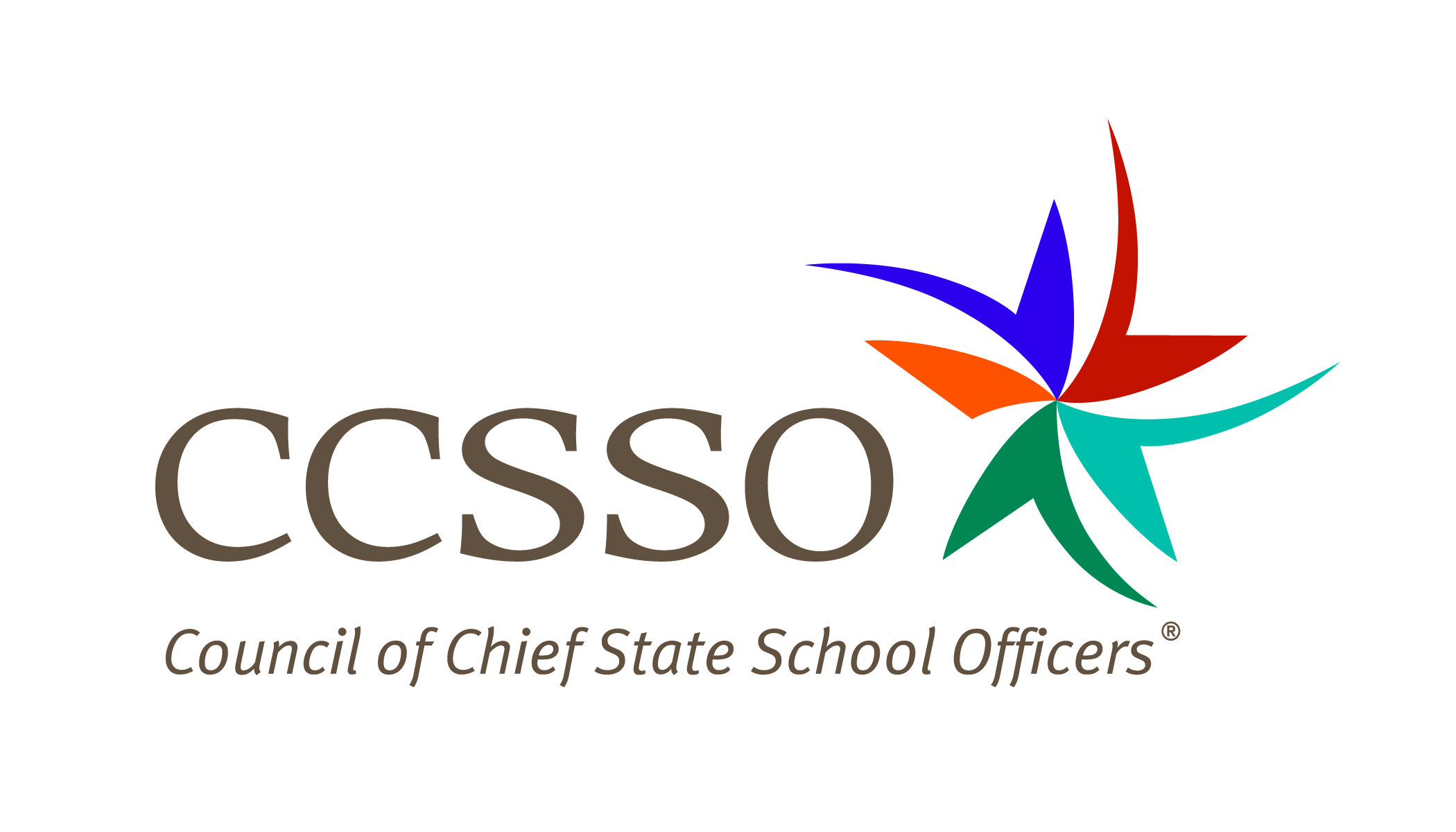
A year before the COVID-19 pandemic, the Massachusetts Department of Elementary and Secondary Education piloted the Acceleration Academy model in several districts across the state to expand upon the successful Acceleration Academies in Lawrence Public Schools. Over a decade ago, Lawrence Public Schools began providing intensive instruction during school vacation weeks to improve student outcomes in math and English language arts. The impact of the program was immediate and significant. Within a year, participating students demonstrated improvements in math and reading well above their demographically similar peers across the state.
When the COVID-19 pandemic disrupted learning opportunities in early 2020, Massachusetts turned to the proven Acceleration Academy model to address unfinished learning. To date, the state has distributed over $12 million in federal relief funding to scale early literacy and math-focused Acceleration Academies statewide to help students catch up. The pandemic significantly impacted student learning nationwide, and the effects of this disruption are still being felt today, which is why state education agencies remain focused on efforts to support academic recovery.
Over three successive acts in 2020 and 2021, and with support from members of both parties, Congress appropriated nearly $190 billion to support emergency relief and recovery in K-12 schools through the Elementary and Secondary School Emergency Relief (ESSER) program. Up to 10% of state allocations could be set aside for use by the state education agency. According to CCSSO’s analysis of state spending, these funds are primarily supporting academic recovery through investments such as:
-
High-Impact Tutoring: High-impact tutoring provides students with additional academic support multiple times a week in small groups. While many tutoring investments have been made by local districts, 17 states and counting have launched large-scale, statewide initiatives to advance high-impact tutoring. These include Colorado, which provided more than 35,000 hours of tutoring to 3,800 students through its High-Impact Tutoring initiative, and Ohio, which has recruited 1,075 tutors and reached nearly 4,200 students through the Statewide Mathematics and Literacy Tutoring Grant.
-
Out-of-School Time Programs: Before-school, after-school and summer learning opportunities can help students catch up on core academics while simultaneously supporting overall student wellbeing and offering career readiness, arts and other enrichment opportunities. To date, states have dedicated more than $3 billion to support out-of-school time programs, including $1 billion for programs with an academic focus.
-
Digital Learning: With training and support, technology can enhance classroom instruction and expand access to learning opportunities. State education agencies have dedicated $1.2 billion to support digital learning and close the digital divide by setting up statewide learning management systems, expanding device and broadband internet access and training educators on research-based practices. In North Dakota, the state-led Greater Math in North Dakota program is supporting eight districts as they use technology to improve math proficiency for students in grades 3-8.
-
High-Quality Instructional Materials and Professional Development: Nearly $1.4 billion of state ESSER set-aside funds have been dedicated for curriculum and instruction, including funding to identify, purchase and adopt high-quality instructional materials in the classroom. Nineteen states have dedicated $265 million to support training and implementation of science-based reading instruction, including North Carolina, which is already seeing promising results on early literacy assessments. And in math, states such as Nebraska and Louisiana have documented promising early outcomes from research-based math acceleration tools.
-
Postsecondary and Career Readiness: To prepare high school students for life after graduation, states have dedicated more than $628 million for postsecondary and career readiness initiatives including dual enrollment, career technical education, work-based learning and industry partnerships. Through the Postsecondary Advising Initiative, Missouri is working to expand access to career advisors to help students navigate opportunities after high school. In partner schools, postsecondary enrollment has increased by 10%.
To be sure, there is much work to be done to recover unfinished learning, especially for students disproportionately impacted by the pandemic. State education agencies are playing a critical role in addressing unfinished learning with their allotted recovery funds and we can learn from impactful state-led investments that are working today in schools across the country. Understanding what is working can prove instructive for ongoing recovery efforts.
You May Also Be Interested In ...